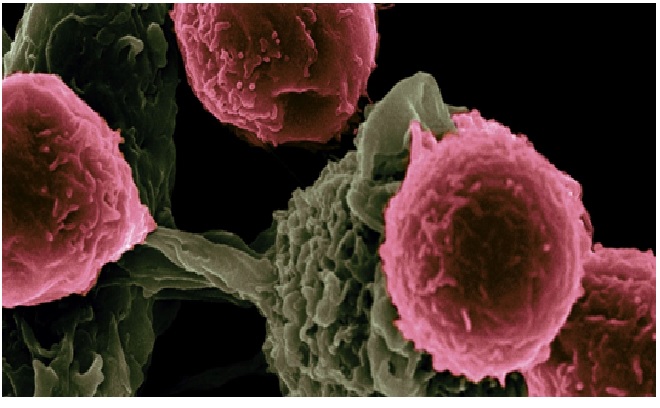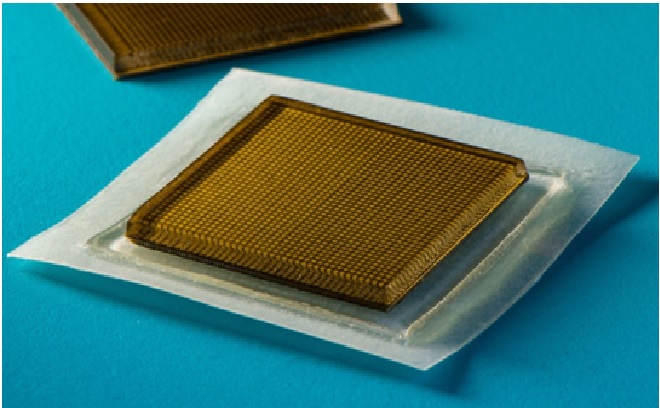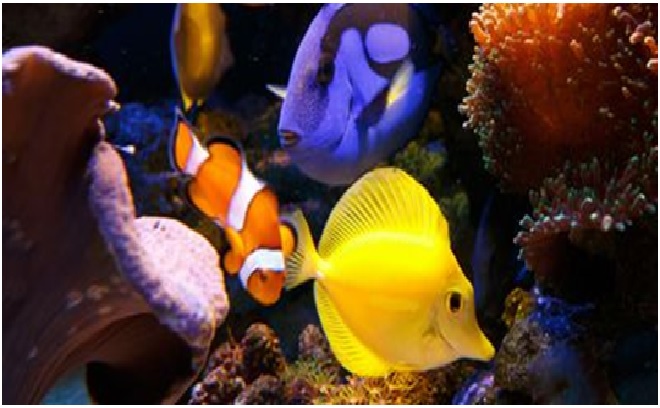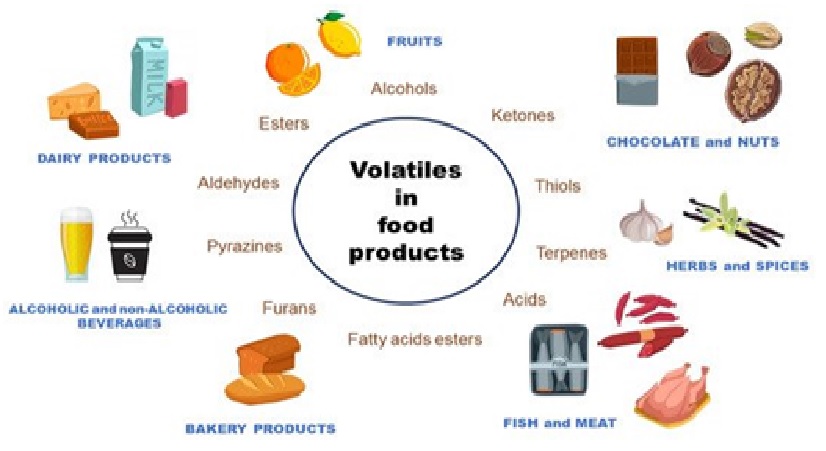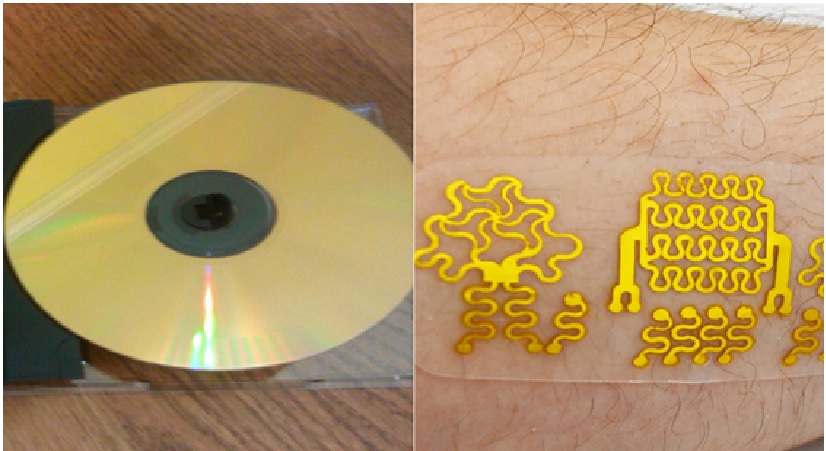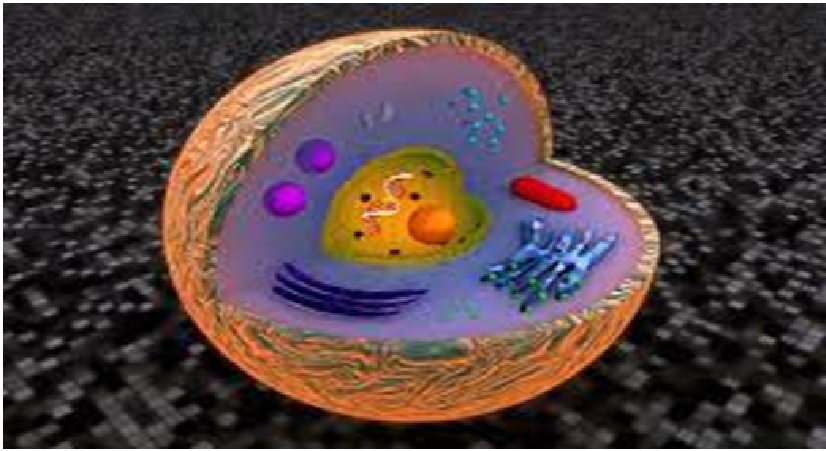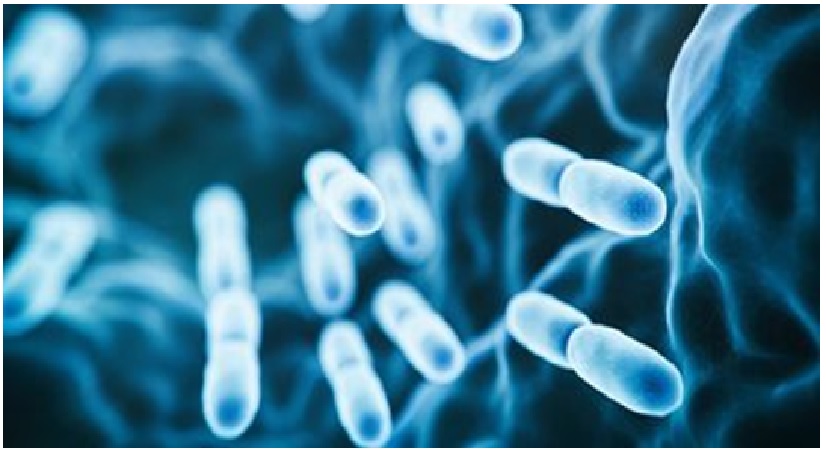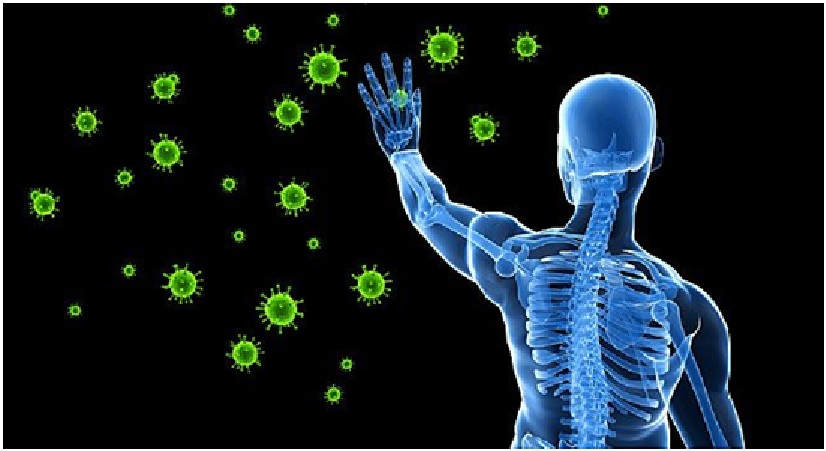Flow-Driven Rotors at the Nanoscale
Researchers from TU Delft have constructed the smallest flow-driven motors in the world. Inspired by iconic Dutch windmills and biological motor proteins, they created a self-configuring flow-driven rotor from DNA that converts energy from an electrical or salt gradient into useful mechanical work. The results open new perspectives for engineering active robotics at the nanoscale. [1]
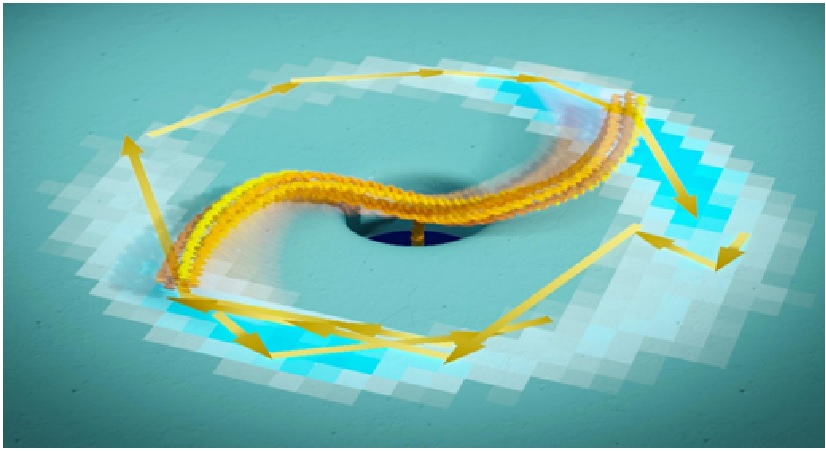
Figure 1. Flow-driven rotors at the nanoscale
Figure 1 shows rotary motors have been the powerhouses of human societies for millennia: from the windmills and waterwheels across the Netherlands and the world to today’s most advanced off-shore wind turbines that drive our green-energy future. “These rotary motors, driven by a flow, also feature prominently in biological cells. An example is the FoF1-ATP synthase, which produces the fuel that cells need to operate. But the synthetic construction at the nanoscale has thus far remained elusive,” says Dr. Xin Shi, postdoc in the lab of prof. Cees Dekker in the department of Bionanoscience at TU Delft. [2]
DNA origami
“For already 7 years, we have been trying to build such rotary nanomotors synthetically from the bottom up. We use a technique called DNA origami, in collaboration with Hendrik Dietz’s lab from the Technical University of Munich,” adds Cees Dekker, who supervised the research. This technique uses the specific interactions between complementary DNA base pairs to build 2D and 3D nano-objects. The rotors harness energy from a water and ion flow that is established through an applied voltage or even simpler: by having different salt concentrations on the two sides of the membrane. [3]
In a further step (which is in preprint) the group has used the knowledge they learnt from building this self-organized rotor to make a next important advance: the first rationally designed nanoscale turbine. "Like how science and technologies always work, we started from a simple pinwheel, now are able to recreate the beautiful Dutch windmills, but this time with a size of only 25 nm, the size of one single protein in your body," says Shi, "and we demonstrated their ability to carry loads."
Steam engine
Next to better understanding and mimicking motor proteins such as FoF1-ATP synthase, the results open new perspectives for engineering active robotics at the nanoscale. Shi: "What we have demonstrated here is a nanoscale engine that is truly able to transduce energy and do work. You could draw an analogy with the first invention of the steam engine in the 18th century. [4]
References:
- https://techiai.com/flow-driven-rotors-at-the-nanoscale/
- https://swifttelecast.com/flow-driven-rotors-at-the-nanoscale-sciencedaily/
- https://vervetimes.com/flow-driven-rotors-at-the-nanoscale-sciencedaily/
- https://www.sciencedaily.com/releases/2022/08/220804130552.htm
Cite this article:
Thanusri swetha J (2022), Flow-Driven Rotors at the Nanoscale, AnaTechMaz, pp.74




